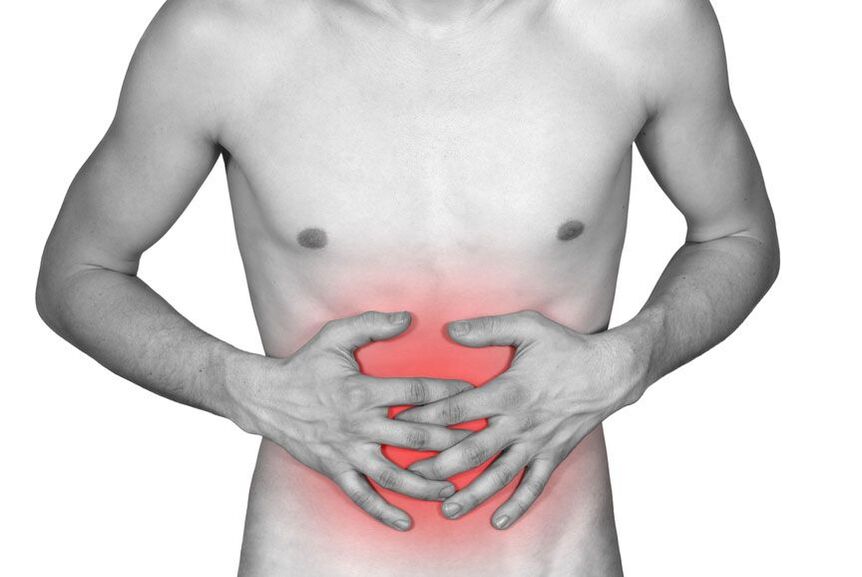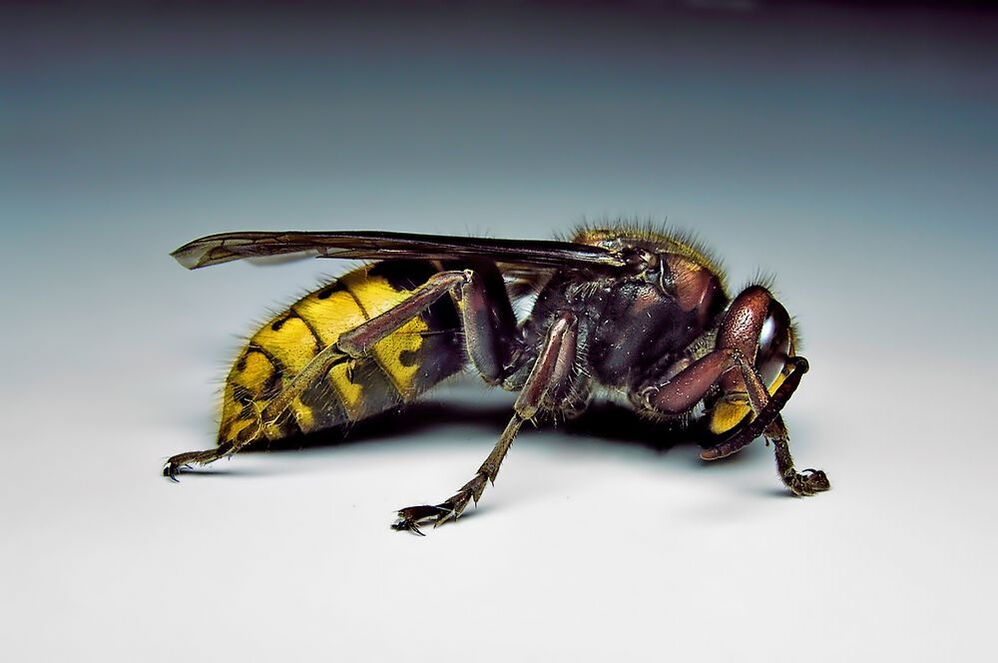Different organisms can inhabit the human body. Those who harm human health through their vital activity are called parasites. Parasites in the human body are not necessarily worms, but can also be other living organisms that harm humans. Dangerous parasites can inhabit any part of the world. What are the parasites and how do they affect humans?
Types of parasites
There are more than 2000 representatives of the types of parasites in the human body. They are divided according to type, mode of existence and method of reproduction. There are also obligatory and facultative parasites.
Mandatory parasites can only live in the host's body. Mandatory intracellular parasites are completely dependent on their host so that they do not cause serious harm to it.

Optionally, part of their life cycle can be lived as free, the other part can be kept in the host's body. All of them can affect different internal organs and tissues. Some of them have existed for a long time and at the same time do not manifest in any way. The appearance of others is accompanied by characteristic symptoms.
Helminthiasis
Human helminthiasis is caused by various worms. There are currently more than 300 types of helminths in humans. Found among worms, both obligatory parasites and optional. Depending on the form of interaction of the parasite with the host organism, they are also divided into two groups: ectoparasites and endoparasites. They belong to different classes and can parasitize in different organs. Worms in humans are one of the most common diseases, geohelminth worms being the most common. The appearance of worms in humans can not be provoked only with dirty hands. They can get infected from pets, livestock, fish, and dirty water. The disease depends on what types of worms have entered the body. To understand the consequences worms can have, you need to find out what worms are. Knowing what worms can appear and what their properties are, you can protect yourself from infection.
- roundworms. Most of the worms in this class are parasitic. The main differences of this class are: a dioecious cavity, an existing anus, the presence of a primary body cavity. The most common types of worms in humans are roundworms, pinworms, trichinae, whipworms. Roundworms are geohelminths, meaning a temporary host is not required for their maturation and reproduction. All of their vital activities can take place in one organism. Some geohelminths in pets can be dangerous to humans, e. g. B. Toxocara worms.
- Tapeworms are parasites in the human body that live mainly in the intestines. There are two groups of tapeworms: biohelminths and geohelminths. Most of these worms are biohelminths. To develop, they must penetrate the body of an intermediate host, which includes livestock as well as fish and mollusks. The most common tapeworms in this group are bovine tapeworms, broadband worms, echinococcus, alveococcus. Tapeworms can grow to large and parasitize the human body. The longest worm - the wide tapeworm can reach 25 meters in length.
- suction cups. One of the most complex organisms that can live in a person. All of these parasites can infect various organs. All types of worms of this type cause trematodes. Fluke, liver fluke, lanceolate chance are random flakes.
- Scratches or stingworms are among the smallest tapeworms. These types of parasites are quite rare in the human body. You can get them from sick fish. They only parasitize in the intestines as they have no digestive system. In the human body, too, there are representatives such as giant scrapers.
Protists
Protists are the simplest organisms. They belong to a heterogeneous group of living organisms. Protists cannot be classified as animals or fungi. Protists are unicellular, colonial and, less often, multicellular organisms. Some of them can parasitize in the human body. The most dangerous protists are the malaria plasmodium and the dysentery amoeba. Parasites can cause diseases such as malaria and dysentery. Different types cause severe pathologies in humans. And when they are identified, you need to consult a doctor.
Entomosis
Various insects, especially those that live in tropical countries, cause entomosis. Entomosis causes various pathological changes in human organs. The eyes, skin, and gastrointestinal tract are most commonly affected. A variety of insects can cause entomosis:

- Mosquitoes, fleas and insects - infect through unprotected areas of the human skin.
- Gadflies and flies - infect people and lay their offspring in the form of eggs or larvae on skin wounds. You can also get infected by some species of flies by swallowing their larvae.
All insects that parasitize the human body can release toxic substances. Depending on the pathogen, the clinical picture appears. Insects can have an allergic and mechanical effect on humans.
TOP - 7 most common parasites
Parasites living in the human body can cause serious diseases. We feature the top 7 scariest and most terrifying parasites that can inhabit the human body. From the list you can find out which parasites live in different countries and how dangerous they are.
- Filaria.A thin long worm that occurs in tropical and subtropical zones. The parasite is carried by mosquitoes. Filariae cause such a terrible disease as elephantiasis. Elephantiasis has more than 120 million people in countries where the parasite is found. Filaria, which parasitize the body, clog the lymphatic vessels. After that, the person starts a strong limb growth.
- Anisakids.Anisakid larvae have long been considered harmless. In the mid-20th century, scientists found that anisacidosis can even lead to death in some cases. You can become infected with parasites from poorly thermally processed seafood, including fish. Anisakids are one of the most terrible parasites in humans. Anisakid larvae, getting into the stomach, provoke the formation of tumors and the development of ulcers.
- One of the best-known parasites is the beef tapeworm.After a person becomes infected with a worm through dirty hands or raw meat, they may not know about the disease for a long time. Geohelminths of this type cause severe weight loss. In its size, it can reach several meters within the owner. Sometimes they live in the body for many years and do not manifest at all.
- Schistosome.With the development of tourism, this type of parasite began to expand its geography. The schistosomal parasite that lives in tropical wild forests can enter the body while swimming in bodies of water. It can cause severe liver and bladder disorders. Especially dangerous for children. In the child's body, the schistosome provokes the development of anemia and can stop its growth.
- Risht.Inhabits the subtropical regions of Asia and Africa. Dracunculiasis, which causes guinea worm, is a dangerous disease. During the laying of the larvae by the female rishta, it breaks through the host's skin. The person feels severe pain and itching. There is a great risk of developing dracunculiasis when drinking dirty water.
- Parasites mainly affect the digestive tract, liver and skin. However, there are species that live in the brain, such asB.cysticercus.They can live up to 30 years and cause mental disorders: hallucinations, depression, loss of short-term memory.
- Toxoplasma.One of the most common helminths in the world. There are two types of toxoplasmosis: congenital and acquired. In the first case, infection occurs in the womb. Most often it causes serious pathologies and leads to the death of the fetus. The acquired disease affects the central nervous system and can cause brain cancer. Toxoplasma often causes the development of schizophrenia.





























